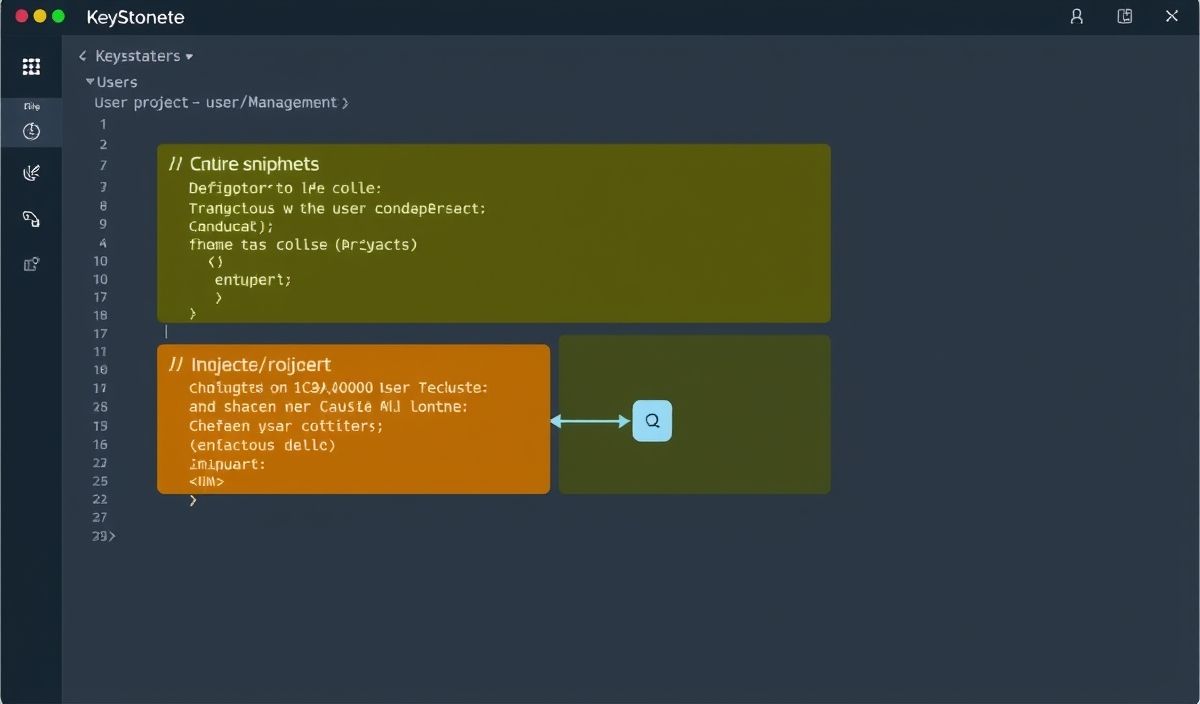Introduction to Fixed Data Table
The fixed-data-table library allows for efficient display and manipulation of large data sets within a table structure in web applications. It is specifically designed to deal with vast amounts of data without sacrificing performance. In this guide, we will cover dozens of useful APIs available in fixed-data-table and show you an application example utilizing these APIs.
Basic Setup and Important APIs
import React from 'react';
import { Table, Column, Cell } from 'fixed-data-table-2';
// Sample data
const rows = [
{ name: 'John', age: 25 },
{ name: 'Jane', age: 30 },
];
// Basic table setup
const MyTable = () => (
<Table
rowHeight={50}
headerHeight={50}
rowsCount={rows.length}
width={500}
height={500}
{...props}
>
<Column
header={ <Cell>Name</Cell>}
cell={ props => (
<Cell>
{rows[props.rowIndex].name}
</Cell>
)}
width={250}
/>
<Column
header={ <Cell>Age</Cell>}
cell={ props => (
<Cell>
{rows[props.rowIndex].age}
</Cell>
)}
width={250}
/>
</Table>
);
Column API
// Using Column with header, cell, and footer
<Column
header={ <Cell>Header Text</Cell>}
cell={ props => (
<Cell>
{`Row ${props.rowIndex}`}
</Cell>
)}
footer={ <Cell>Footer Text</Cell>}
width={200}
/>
Dynamic Cell Content
// Generating dynamic content for cells
<Cell>
{props => (
<span>{rows[props.rowIndex].name} - {rows[props.rowIndex].age}</span>
)}
</Cell>
Sorting Data
// Enabling column sorting
const [sortedData, setSortedData] = useState(rows);
const sortData = (columnKey, ascending = true) => {
const sorted = [...rows].sort((a, b) => {
return ascending ? a[columnKey] - b[columnKey] : b[columnKey] - a[columnKey];
});
setSortedData(sorted);
}
<Column
header={ <Cell>
<button onClick={() => sortData('name')} > Sort by Name </button>
</Cell>}
cell={ props => (
<Cell>
{sortedData[props.rowIndex].name}
</Cell>
)}
width={200}
/>
Complete Application Example
Below is a complete example that includes setup and commonly used APIs of the fixed-data-table library:
import React, { useState } from 'react';
import { Table, Column, Cell } from 'fixed-data-table-2';
const rows = [
{ name: 'John', age: 25 },
{ name: 'Jane', age: 30 },
// More data...
];
const App = () => {
const [sortedData, setSortedData] = useState(rows);
const sortData = (columnKey, ascending = true) => {
const sorted = [...rows].sort((a, b) => {
return ascending ? a[columnKey] - b[columnKey] : b[columnKey] - a[columnKey];
});
setSortedData(sorted);
}
return (
<Table
rowHeight={50}
headerHeight={50}
rowsCount={sortedData.length}
width={500}
height={500}
>
<Column
header={ <Cell>
<button onClick={() => sortData('name')} > Sort by Name </button>
</Cell>}
cell={ props => (
<Cell>
{sortedData[props.rowIndex].name}
</Cell>
)}
width={250}
/>
<Column
header={ <Cell>Age</Cell>}
cell={ props => (
<Cell>
{sortedData[props.rowIndex].age}
</Cell>
)}
width={250}
/>
</Table>
);
};
export default App;
By using these APIs, developers can easily manage and display large data sets in their applications efficiently and with high performance. Try integrating fixed-data-table in your next project for an advanced and dynamic table experience.
Hash: 04083755deb4ac1d62c26cc31d92bd8b463acdc53151f5de9a3627f9fb436768




